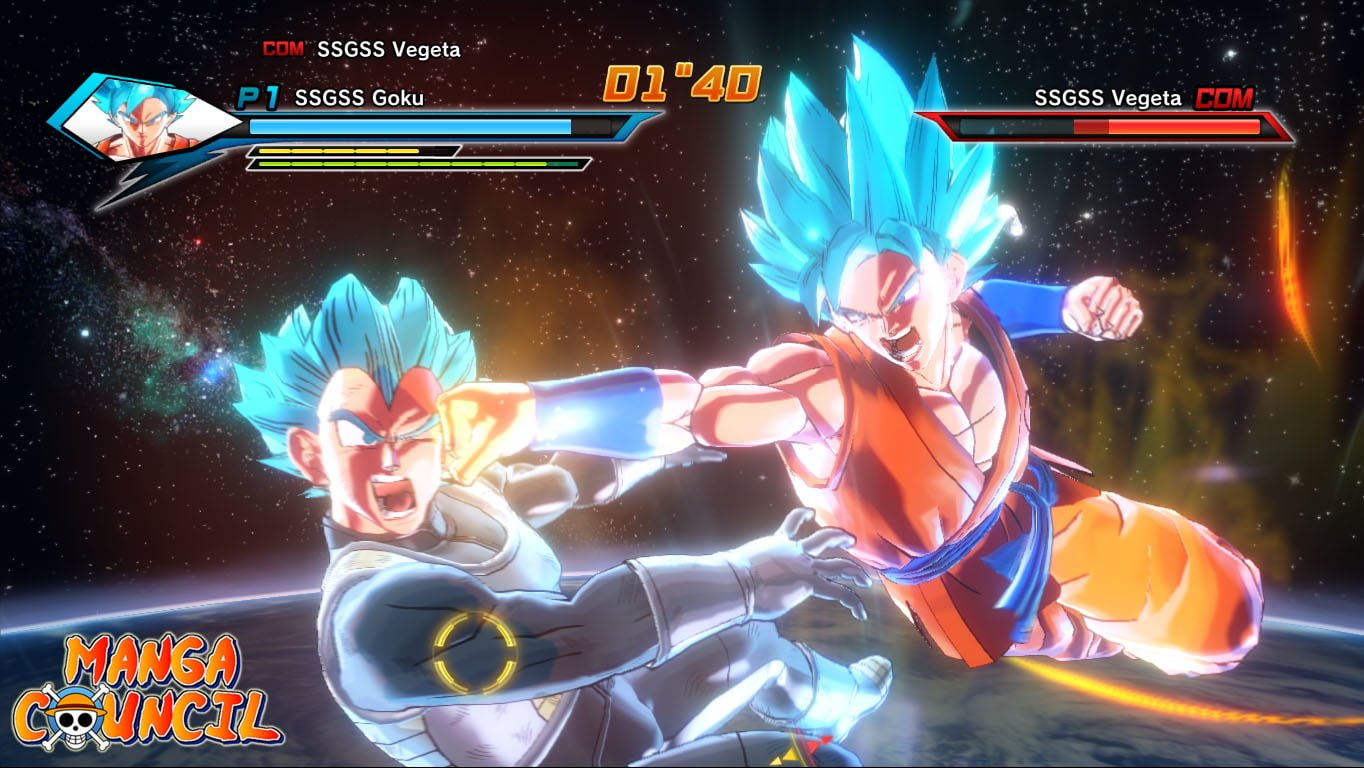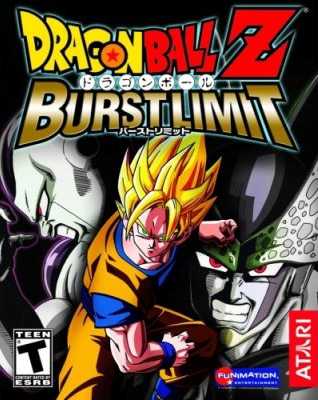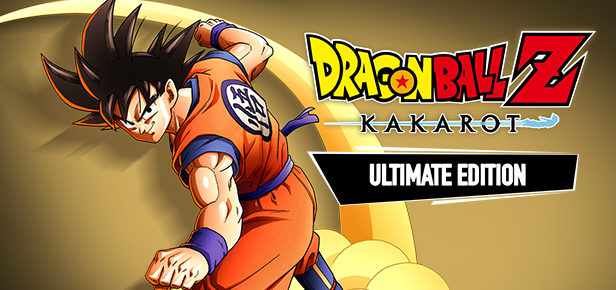

They include fighters, chefs, and scientists. There are several boards pertaining to different character-enhancing disciplines. The most noteworthy RPG mechanic comes in the form of the Community Board. Using Z-Orbs, you can unlock new and more powerful versions of special attacks. Goku's wife, Chi-Chi, can use recipes to create full-course meals that deliver stronger boosts. Meals can either temporarily or permanently and boost stats such as strength, ki, and defense. You can further enhance the Z-Warriors by having them eat meals at campsites across the map. Gaining new levels doesn't reward players with skill or attribute points they just become more resilient. As you'd expect, the higher your character's level, the stronger it becomes. You earn XP from completing main quests, side quests, and defeating enemies. This is a shame, as Bandai Namco touted Kakarot as a thriving open world. The NPCs you encounter outside of cities simply stand about, effectively waiting for you to engage with them. This is partly because you don't interact with the surroundings. Though locations come straight from the source material, they don't make for compelling environments. There are also collectibles, including Z-Orbs necessary for powering up abilities and items useful for crafting food recipes. The main quests give players all the XP necessary for dealing with the increasingly challenging boss battles. While you can easily spend hours partaking in all of these diversions, you're under no obligation to engage in them since they don't reward much XP. Sidequests come in the form of Sub-Stories, racing mini-games, and fishing. While Kakarot is not technically an open-world game, its levels are large enough to make it feel like one.Įach level contains side quests and collectibles. This includes Earth, Planet Namek, and many more locales. The aforementioned battles take place within expansive levels based on locations from the anime. Considering how little character-improving experience points (XP) such enemies give, it's best to just avoid them and head to the next quest marker on the map. If you're sufficiently powerful, all you need is to spam melee to end most encounters. Unfortunately, the numerous fodder enemies that litter the open-world are little more than annoying roadblocks in your path. During these encounters, it is wiser to defend and counterattack in order to survive. Boss battles provide some measure of variety, since each has their own unique attacks. Most come down to jetting toward enemies, spamming melee, defending when needed, and cutting loose with your most powerful super moves.

While battles provide plenty of visual flair, they're pretty shallow experiences. Toss in a healthy amount of mid-battle cinematics and you'll feel like you're watching the show.

Along with standard melee and energy attacks, you can unleash the characters' signature super moves. Kakarot accurately captures the show's frenetic feel battles courtesy of a relatively easy-to-master control scheme.

And honestly, there's a lot of filler in the anime, at least.ĭragon Ball Z is all about ridiculously over-the-top battles where characters fly across the sky and blast each other with ki-based energy attacks. Still, Kakarot adapts the well-known (and well-worn) story without losing too much in the process. If you're unfamiliar with the series, however, the rapid-fire plot pace may feel jarring. This is great if you don't have the time to rewatch nearly 300 Dragon Ball Z television episodes. Clocking in at more than 40 hours of gameplay, Dragon Ball Z: Kakarot is effectively a condensed retelling of the anime and manga.


 0 kommentar(er)
0 kommentar(er)
